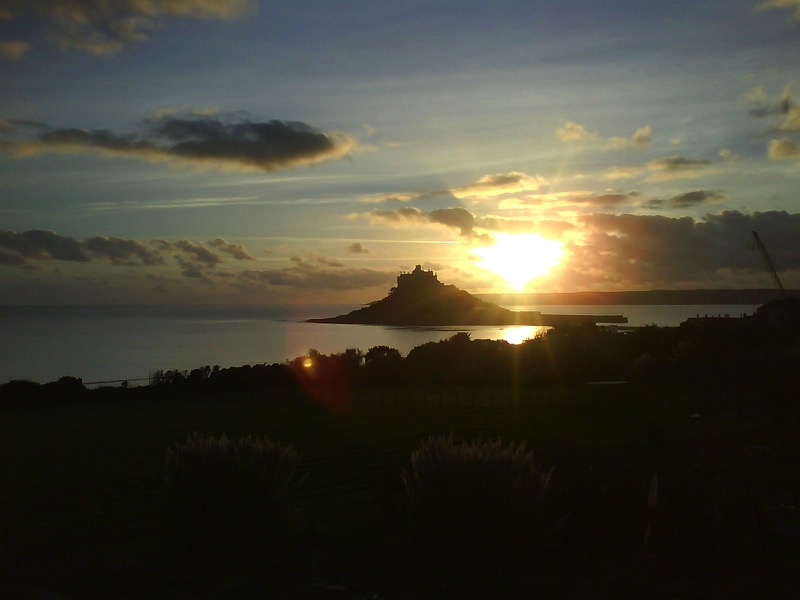Chapter 3: The Unstoppable Tide

Photo: Rob Vince
These notes, like the chapter they refer to, start with an image of St Michael’s Mount off the coast of Cornwall, near Marazion just outside Penzance.
Geologically, the Mount - as it’s known by the locals - is an almost circular outcrop of granite, similar in kind to those found on Dartmoor and the nearby granites of Carnmenellis and Penwith. In The Unstoppable Tide it is a perfect example of the most recent forces that have formed our landscape; the tides that wash over its causeway twice a day are a phenomenon so recent that an old Cornish name for the Mount seems to commemorate a time when there was woodland in the bay - evidence for which can be seen at low tide at Ponsandane (on the eastern side of Penzance). See map below for approximate location.
View The Unstoppable Tide in a larger map
An early, crazy synthesis
One newspaper started its review of Duke’s Work with the memorable line:
“It is a curious fact that lunatics will never believe that they are insane”.
Surprise extract
“What would thirty-first century archaeologists make of what will one day be ancient London if they happened to put in a dozen trenches across the inner field of the Oval? They might conclude that London was all perfectly flat grassland except for the occasional incidence of tiny post holes, always arranged in a line of three at the end of a ritual walkway. By exploring more of the landscape and plotting relationships within it as archaeologists do now, they would build up a steadily more detailed picture, although explaining the exact nature of cricket would take an anthropologist with more academic chutzpah than the Reverend Duke ever had at his command.”
